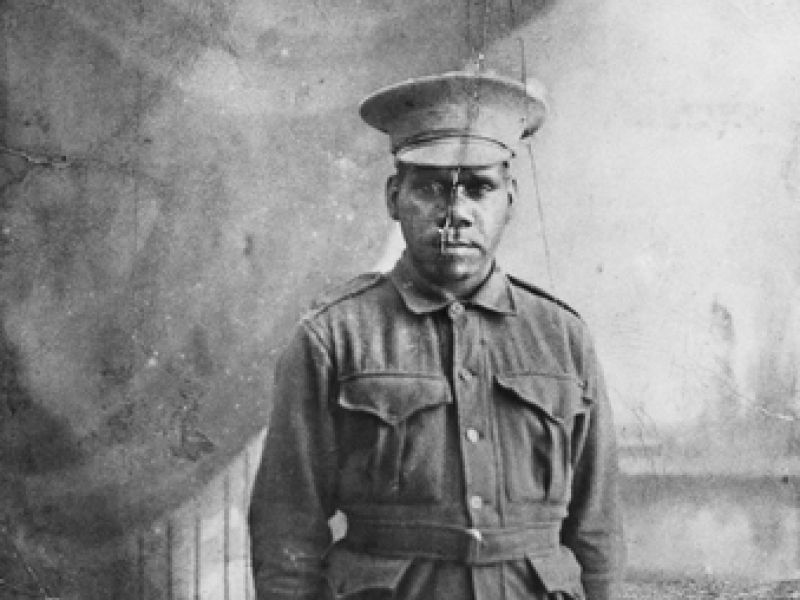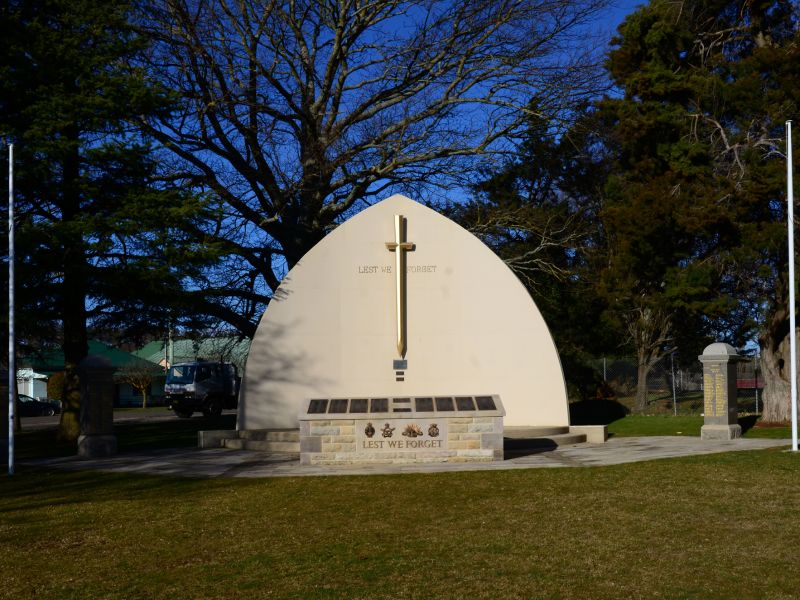William Punch: An Aboriginal soldier in the First World War

William Punch was believed to have been born in the Bland River region of New South Wales around 1880 to an Indigenous family. It is said that he was the sole survivor of a massacre and was taken in by the Siggs family of Goulburn shortly after birth. He attended the local public school and was a good student. He enjoyed music and became an accomplished violin player. He was a popular member of his community and, along with some of his friends, provided musical entertainment at community functions.
Punch was working as a farm labourer in the Goulburn area when the First World War began. He enlisted in December 1915 and underwent his initial training at the local depot. In March he and the other reinforcements at Goulburn were transferred to Liverpool Camp in Sydney. Here Punch was allotted to the 17th reinforcements to the 1st Battalion and sailed for Egypt with his unit aboard the transport ship Ceramic.
After arriving in Egypt, Punch was sent to a training battalion at Tel-el-Kebir. He was transferred to England at the end of July and spent several weeks there before sailing for France.
He joined the 1st Battalion in Erie Camp west of Ypres in Belgium in early September. Only a few days later he and the 1st Battalion were in the front line.
On 9 September the battalion was carrying out local maintenance and repair duties under some German artillery fire. Punch sustained a shrapnel wound to his scalp and was evacuated to Boulogne to recover. He re-joined his battalion at the end of the month.
By November the 1st Battalion had moved back to France and was occupying trenches near Flers. The battalion was relieved a few days later and sometime in the ensuing days Punch lost his greatcoat. With a bitterly cold winter setting in, this was viewed dimly by his commanding officer. He was issued a new coat, but fined the cost of the garment.
By the end of the month Punch had been evacuated with trench foot, and did not return to the battalion until April 1917. On 6 April the battalion was involved in a general advance towards Doignes. Three men were killed and eight were wounded, including Punch, who was shot in his right buttock.
A little over a month later he had also developed pleurisy and he was transferred to England for further treatment. By July he had developed endocarditis and was sent to the Mont Dore Military Hospital in Bournemouth.
His condition deteriorated, and on 29 August, too weak to write, Punch dictated his will to the medical staff. He barely had the strength to sign an “X” at the bottom of the page and he died later that day. He was believed to be 37 years old.
He was laid to rest with full military honours in East Cemetery at Boscombe, in Bournemouth. Wreaths were sent by his friends and by fellow patients and hospital staff.
His name is dedicated on the Crookwell War Memorial in New South Wales.

